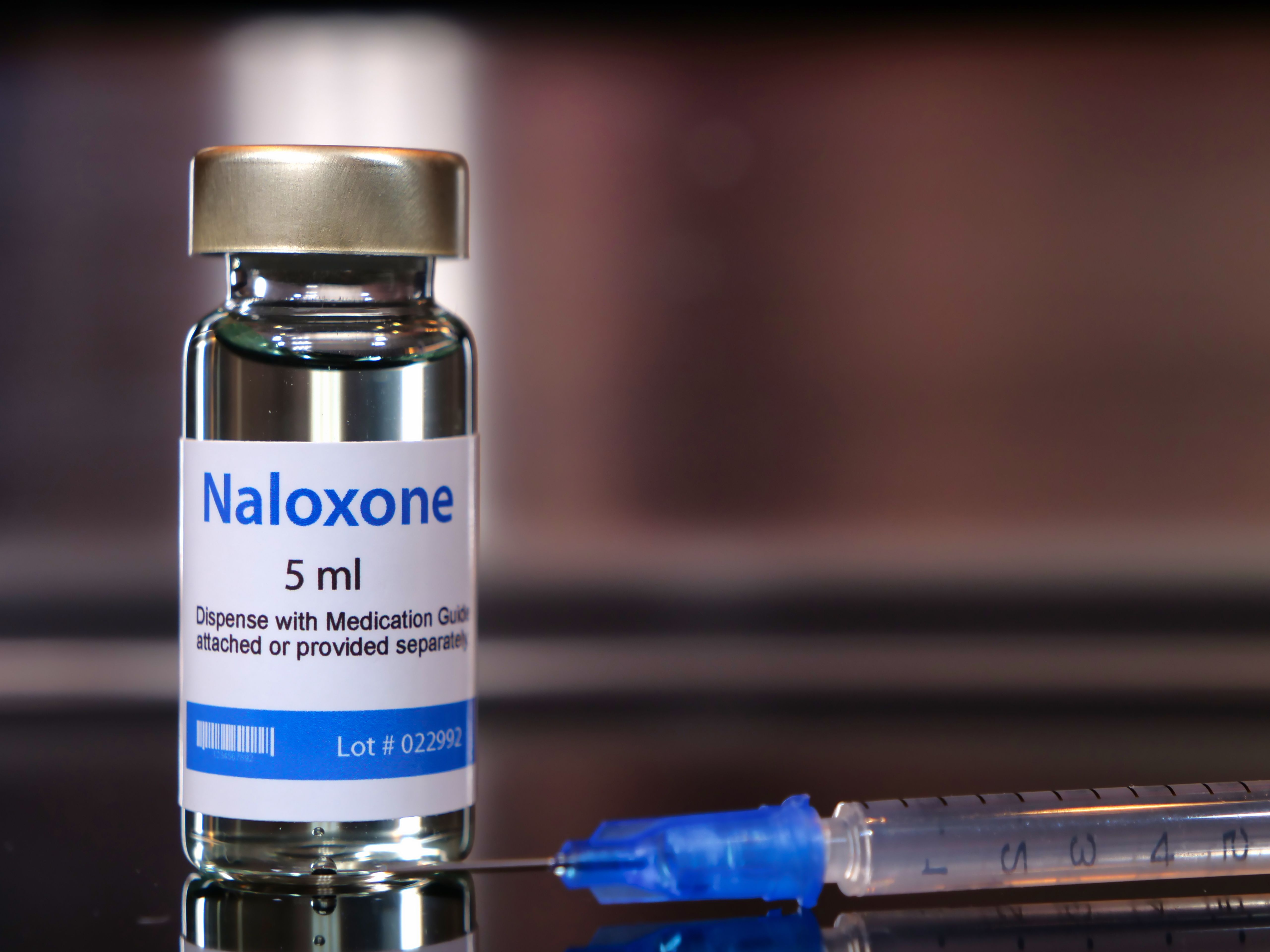News
Article
Study Suggests Naloxone Trainings Should Not Be Limited, Despite Concerns of Increased Drug Use
Author(s):
No major changes were found in overdose behaviors among individuals who received take-home naloxone.
Naloxone has saved lives from opioid overdose and take-home naloxone (THN) programs have helped educate individuals on overdose response. THN has become easily accessible in the community and researchers tie this to the decrease of overdose deaths. However, there has been a concern that increased accessibility will lead to an increase of drug use behaviors. Research published in Jama Network identified the risk compensation that can be associated with THN programs, finding little evidence to support this concern.
Vial of naloxone with syringe | Image credit: Bernard Chantal - stock.adobe.com

The researchers compared changes in overdose risk behaviors in individuals who inject drugs by comparing reported actions before and after THN training.
“We hypothesized that if THN plays a role in overdose risk compensation, then overdose-related risk behaviors, such as injecting frequency, would increase following THN training, after controlling for potential confounding variables,” said the study authors.
The researchers involved 1328 individuals who were participants in the Melbourne Injecting Drug User Cohort Study, known as SuperMIX. The individuals, ages 18 to 30 years, resided in Australia and had a yearly follow up for the study.
Out of the 1328 individuals, 965 participants were included in the baseline interview and 390 reported THN training. Only 189 individuals who inject drugs were included in the final analysis.
Interviews were conducted that asked the participants about injection frequency, such as the number of times they have injected different drugs, along with other overdose risk behaviors. Questions similar to these were asked until the first THN training.
For their analysis, the researchers used a fixed-effects generalized linear (Poisson) multilevel modeling that used longitudinal participant-interview data to assess the association between THN training and the primary and secondary outcomes.
“We did not find evidence that THN training was associated with risk compensation behavior in this cohort of people who inject drugs. Rather, there was no significant change in frequency of injecting any drugs, injecting opioids, or using benzodiazepines after accessing THN. There was also no change in the proportion of time that participants reported using drugs alone, a key indicator of overdose mortality risk,” said the study authors.
The study authors noted that although the concern of increasing opioid use is valid, the purpose of naloxone is to reverse the effects caused by the opioids, which appears to be undesirable for the individuals injecting the drugs.
“There is a clear need for widespread education among health care practitioners and other key stakeholders to enable them to address this common assumption about THN, which can act as a barrier to THN supply, so that coverage is increased,” said the study authors.
The findings suggest that THN trainings should not be limited due to the concern about risk compensation because no major change was found in overdose behaviors with the accessibility of naloxone.
Reference:
Injection Drug Use Frequency Before and After Take-Home Naloxone Training. Jama Network. News release. August 4, 2023. Accessed August 8, 2023. https://jamanetwork.com/journals/jamanetworkopen/fullarticle/2808081.





